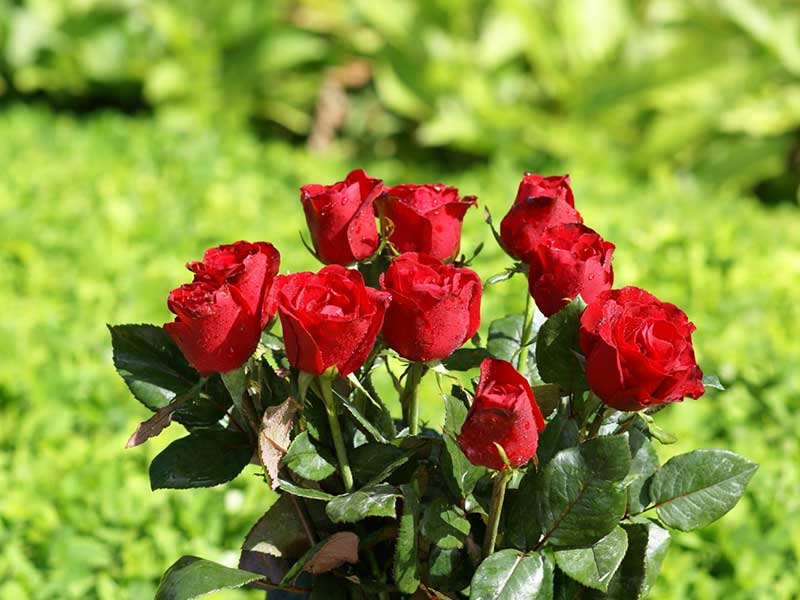A justification for the production and cultivation of roses in hydroponic greenhouses
The aim of this project is to provide a justification for the production and breeding of roses on hydroponics feasibility of creating and constructing a hydroponic rose production and breeding unit. The purpose of this product is to increase the value added, higher profit margin, ease of supply, increase the duration of durableness, ease of use by observing its health aspects for consumers.
Rose, or rose, is a genus of rosacea family rosacea whose bushes are clean and long-legged and growing with wooden stems, and in some species its leaves are non-permanent and in some permanent.
Land and soil conducive to rose breeding.
In order to build a rose garden or to fully develop the bushes that plant in the garden or the margins and be interesting in all respects, it is important to see what kind of soil the rose feeds better than other flowers and can show its natural beauty there to a normal extent. The best land to plant roses is a land with fresh clay and sand.
Hydroponic cultivation of roses
The basis of this method of planting is based on the lack of soil and providing the required nutrients for plants through water and nutrient solutions. In fact, soilless planting is the placement of plant roots in a fixed environment, flowing and aerated nutrient solution, inorganic substrate (such as perlite) or in a way with organic materials such as peat moss.
Hydroponics is possible in and out of the greenhouse.
Temperature control, humidity and management of other factors inside the greenhouse, whether on land or soilless land, are the same. The main difference is related to plant physical support system and the method of providing water and food.
Let's not forget the headlines in a hydroponic rose production and breeding briefing plan written by our experts are:

